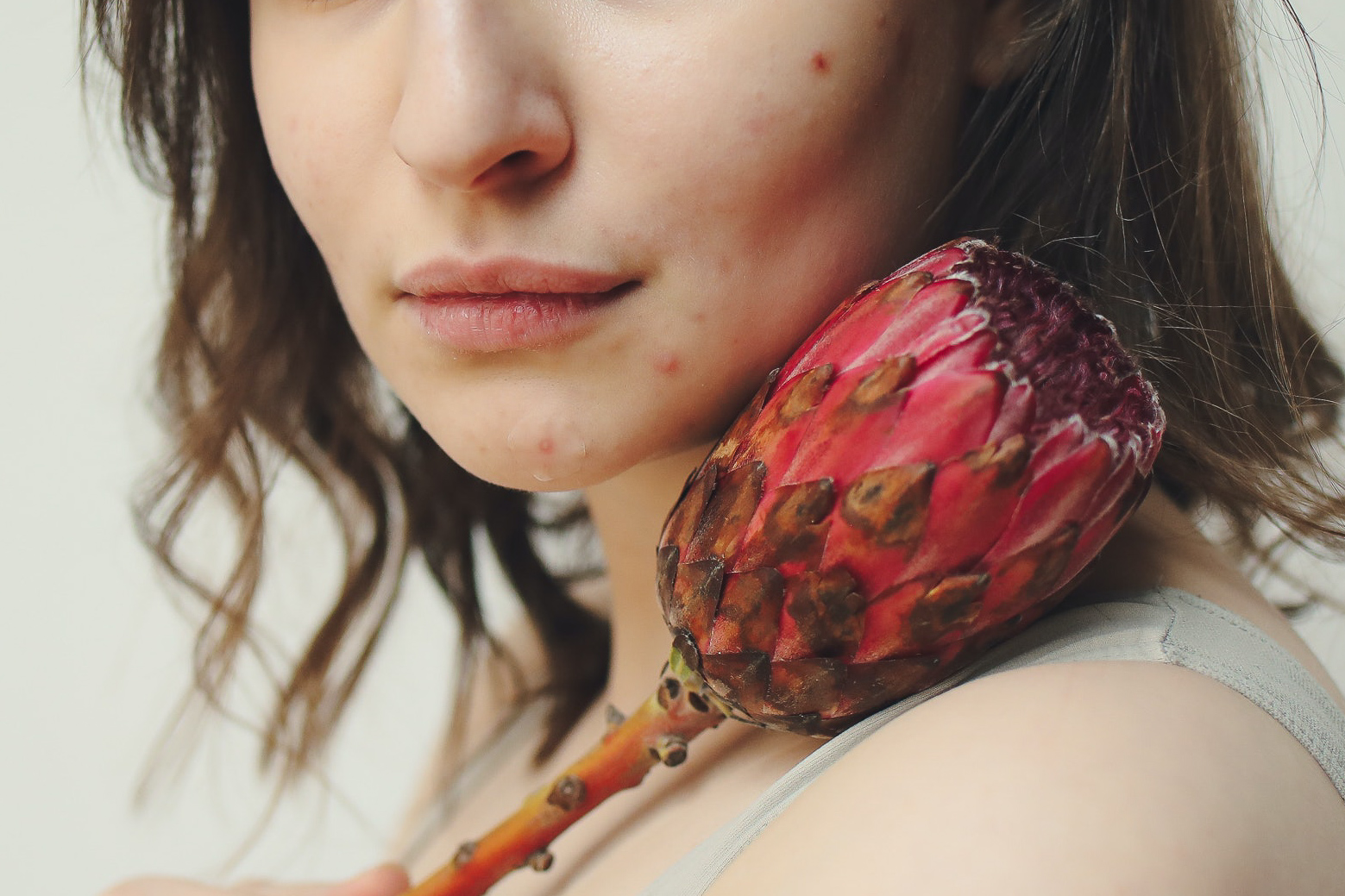Endometrióza postihuje každou desátou ženu. Přesto mnoho z nás čeká na diagnózu roky – v bolestech, nejistotě a bez pochopení. Nová studie vědců z Francie a Španělska (červenec 2025) ukazuje, že odpověď může být přímo v menstruační krvi. Budoucnost diagnostiky by tak mohla být konečně méně bolestivá – a více ženská.

Když bolest není „jen součást cyklu“
Endometrióza patří mezi nejčastější a zároveň nejpodceňovanější onemocnění žen. Buňky podobné endometriu se objevují mimo dělohu – na vaječnících, močovém měchýři či střevech – a na hormonální změny reagují stejně jako děložní sliznice. Každý měsíc tedy krvácejí, aniž by mohly z těla odejít. Důsledkem jsou chronické bolesti, únava, zánět, srůsty a u části žen také neplodnost.
Mnohé z nás roky slýchají, že „to k menstruaci patří“. Cesta k diagnóze dnes často trvá 7–10 let. A definitivní potvrzení vyžaduje invazivní laparoskopii – zákrok v narkóze, po kterém se mnohé ženy rozhodují dlouho a obtížně. Právě zde přichází možný zlom.
Menstruační krev jako zdroj informací
V červenci 2025 zveřejnily týmy ze Španělska a Francie neinvazivní přístup, který by mohl výrazně urychlit a zjednodušit diagnostiku endometriózy. Studie na bioRxiv (25. 7. 2025; DOI: 10.1101/2025.07.25.666720) analyzovala kmenové buňky získané z menstruační krve (MenSCs) a jejich epigenetické stopy, konkrétně vzorce metylace DNA.
V souboru 42 žen (19 s endometriózou, 23 bez) dokázal model podle metylace DNA v MenSCs rozlišit onemocnění s přesností 81 %. Vzorek se přitom získává přirozeně – během menstruace – a analýza probíhá v laboratorních podmínkách bez nutnosti operace.
Proč je to důležitý pro ženy i systém péče
V diagnostice endometriózy je čas klíčový. Dlouhé čekání zvyšuje riziko srůstů, poškození tkání a dopadu na plodnost i psychiku. Neinvazivní test z menstruační krve by mohl zkrátit diagnostickou cestu z let na několik týdnů – a dříve otevřít dveře k cílené léčbě, ať už chirurgické, hormonální či podpůrné.
Význam je i symbolický: společnost i medicína začínají brát menstruační krev nikoli jako „odpad“, ale jako cenný biologický zdroj informací vypovídající o zdraví žen. To je posun k medicíně, která s ženskou biologií spolupracuje – ne ji obchází.
Co přesně studie ukazuje (a co zatím ne)
- Studie byla malá a průzkumná – zúčastnilo se 42 žen (19 s endometriózou, 23 bez ní).
- Vzorky tvořily kmenové buňky z menstruační krve (MenSCs).
- Vědci zkoumali vzorce DNA metylace a dokázali podle nich rozpoznat přítomnost onemocnění s přesností asi 81 % (AUC ≈ 0,81).
- Zatím jde jen o preprint – tedy předběžné výsledky, které je třeba ověřit na větším počtu žen a v dalších laboratořích.
Co to (zatím) neznamená: že je test okamžitě dostupný v běžné praxi. Než se takový test dostane do běžné praxe, musí ještě projít vědeckým ověřením, zkouškami na větším počtu žen a sjednocením postupu, jak se vzorky odebírají a vyhodnocují. Přesto jde o mimořádně slibný směr.
Co může přijít dál: od screeningu k personalizované péči
Pokud se výsledky potvrdí, test menstruační krve by mohl sloužit jako časný screening u pacientek s podezřením na endometriózu (bolestivá menstruace, bolesti při styku, chronická pánevní bolest, subfertilita). Pozitivní nález by urychlil odeslání na specializované pracoviště; negativní by mohl snížit zbytečné invazivní zákroky u nízkorizikových příznaků.
Tyto epigenetické stopy mohou časem pomoci lépe rozpoznat různé typy endometriózy – například ty, u nichž převažuje zánět nebo naopak tvorba srůstů – a díky tomu přesněji zacílit léčbu. Ta pak může kombinovat chirurgii, hormonální terapii i podpůrné přístupy zaměřené na mikrobiom, výživu, zánět a bolest.
Tento výzkum není jen o datech a technologiích. Je především o ženách, které roky hledají odpověď na svou bolest. Pokud se tato metoda osvědčí, mohla by přinést cestu k diagnóze, která bude rychlejší, šetrnější a laskavější k tělu i psychice. A to je naděje, kterou si každá z nás zaslouží.
Zdroje a odkazy
- bioRxiv (25. 7. 2025): A DNA methylation signature in menstrual blood stem cells enables non-invasive diagnosis of endometriosis (preprint).
- Souhrnné články o potenciálu diagnostiky z menstruační krve a MenSCs (popularizačně-odborné zdroje, 2025).
Upozornění: Jde o předběžné výsledky (preprint). Klinické použití vyžaduje další validace a schválení.<





 Ilona Bittnerová
Ilona Bittnerová